Deadly escalators, fire traps and plunging lifts: Why do so many horrific accidents happen in China?
The news that a woman has died after being trapped in an elevator for a month has brought further attention to how dangerous it can be to live and work in China
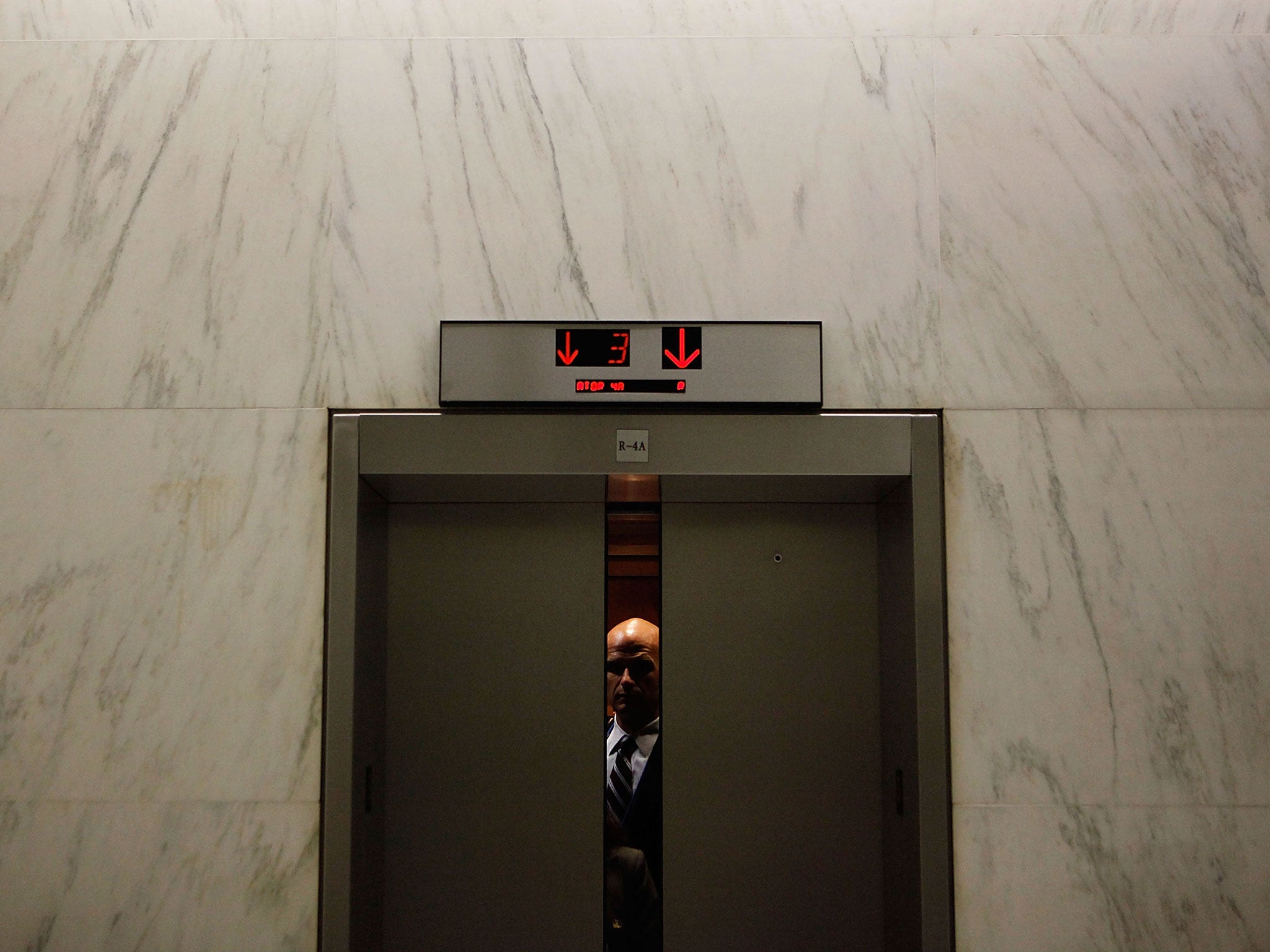
It’s painful to imagine what the last month of Ms Wu's life might have been like. Her body was discovered after she became trapped inside an elevator in her Xi’an apartment block. Two maintenance workers turned off the lift’s power after it malfunctioned on 30 January, not realising that she was still inside. They discovered her body, as well as scratch marks on the inside of the lift's door, after returning more than 30 days later. It is suspected that she died of dehydration, although reports have said that she starved to death. So far she has only been identified by her surname, and was reportedly in her 40s.
The news has been met with outrage across China. “What if the management staff had gone to look inside the elevator before shutting off the power? Would this tragedy have happened?” one Chinese newspaper has asked. “Unfortunately, in this society, there are too many what-ifs.”
Statistically speaking, “too many what-ifs” is an understatement when it comes to China’s health and safety record. The UK has roughly a twentieth of the population of China, and recorded 142 workplace deaths in 2014/15. In comparison, there were 68,061 workplace deaths in China during 2014 – about 480 times more than the UK. This is equal to 5,671 fatalities a month, or 186 a day.
Why is China's record so bad? According to one safety expert, the rapid industrialisation of the country over the last three decades is partly to blame. "When Western engineers were called in to advise on modernising China's power plant and distribution system in the late 1980s [...] they were astonished to find the system was still functioning on machines which dated back to the 1930s and beyond," writes Adrienne Gleeson. "And when it came to installing new equipment, they were alarmed to see the energy and enthusiasm with which Chinese workers – totally devoid of protective equipment – handled live high-voltage cables."
Over time the state has tried to reduce risks, but has struggled to maintain its grip on the world's biggest workforce. As The Economist wrote after 121 people died in a polutry fire in 2013, "The enforcement of China’s work-safety measures has lagged behind the growth of its economy, now the world’s second-largest. Industrial workplaces boast dire safety records."
After a string of high profile deaths and disasters over the last several years, the Government passed the Work Safety Law in 2014. This puts greater pressure on companies to meet tighter regulations, but how effective it will be is unknown. Its success rides entirely on how strictly it's enforced. There have been measures in place before but, as the following instances demonstrate, they they often have been widely, and tragically, ignored.
A woman is crushed to death in an escalator, 2015
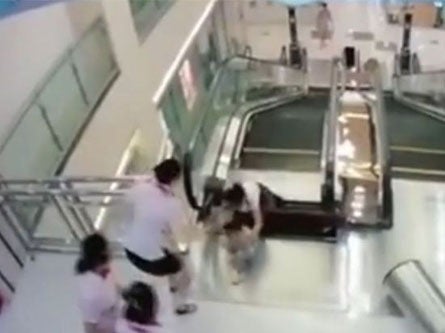
Xiang Liujuan,a 31-year-old mother, died after she fell into the whirring machinery of an escalator while in her local shopping centre in Jingzhou. The trap she fell into became exposed due a loose panel at the top. Her horrifying ordeal was caught on camera, and the resulting footage – which showed her pushing her child to safety as she was dragged to her death – ignited outrage around the world. Despite this, only two months later a four-year-old boy was also killed by an escalator after his hand became stuck in its handrail.
A chemical warehouse explodes in Tianjin, 2015

Last September 173 people died after a toxic mix of chemicals caught fire in a Tianjin warehouse and exploded. As well as being visible from space, the blasts could be felt from the other side of the city and knocked down walls within a 2km radius.
Dehui chicken factory fire, 2013
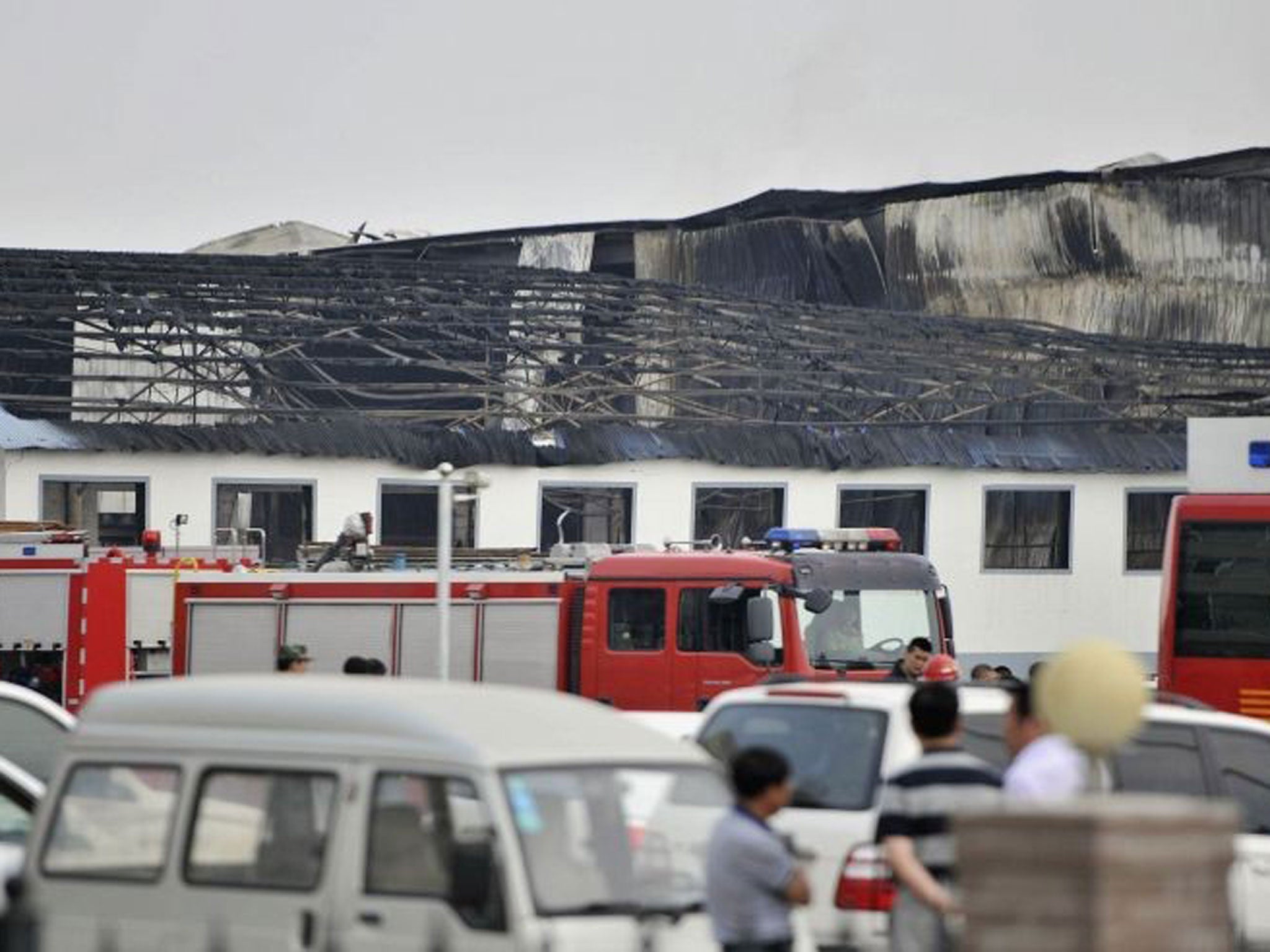
More than 120 people died in the Jilin Baoyuanfeng poultry plant after an ammonia leak, although some have blamed the fire on an electrical fault. According to reports, the death toll could have been lower if the internal structure of the factory hadn’t been so complicated, or its corridors so narrow. Some media outlets also reported that there was only one unlocked door in the entire building.
Car parts factory explosion, 2014
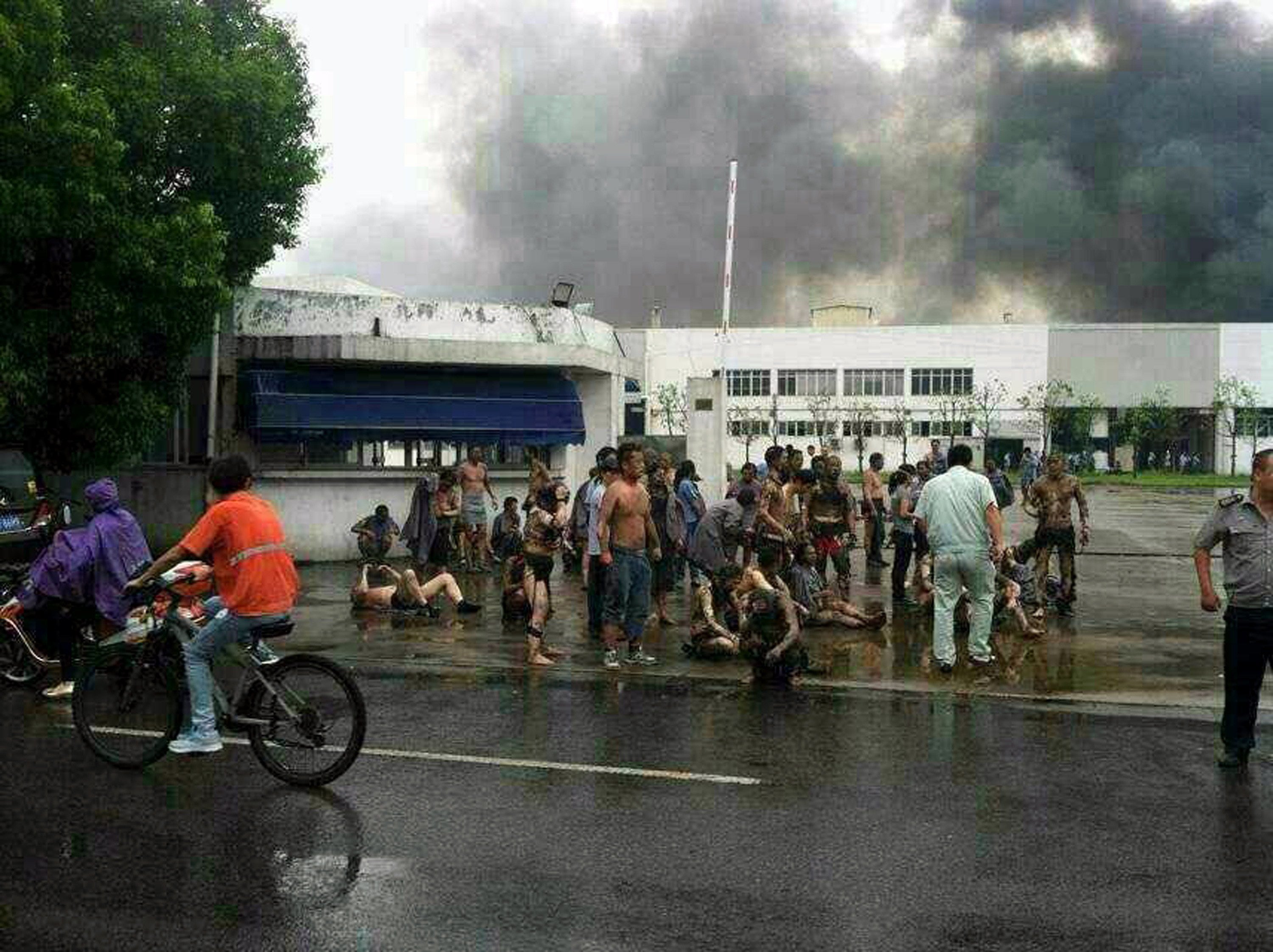
Over 140 people died and 114 were injured after a metalwork factory exploded in Kunshan two years ago. It’s believed that the dangerous conditions that caused the blast had been known about for years, and that the majority of staff weren't familiar with the factory's safety procedures. After the disaster it was also reported that several explosion warnings from regulators had also been ignored.
Wuhan construction lift disaster, 2012
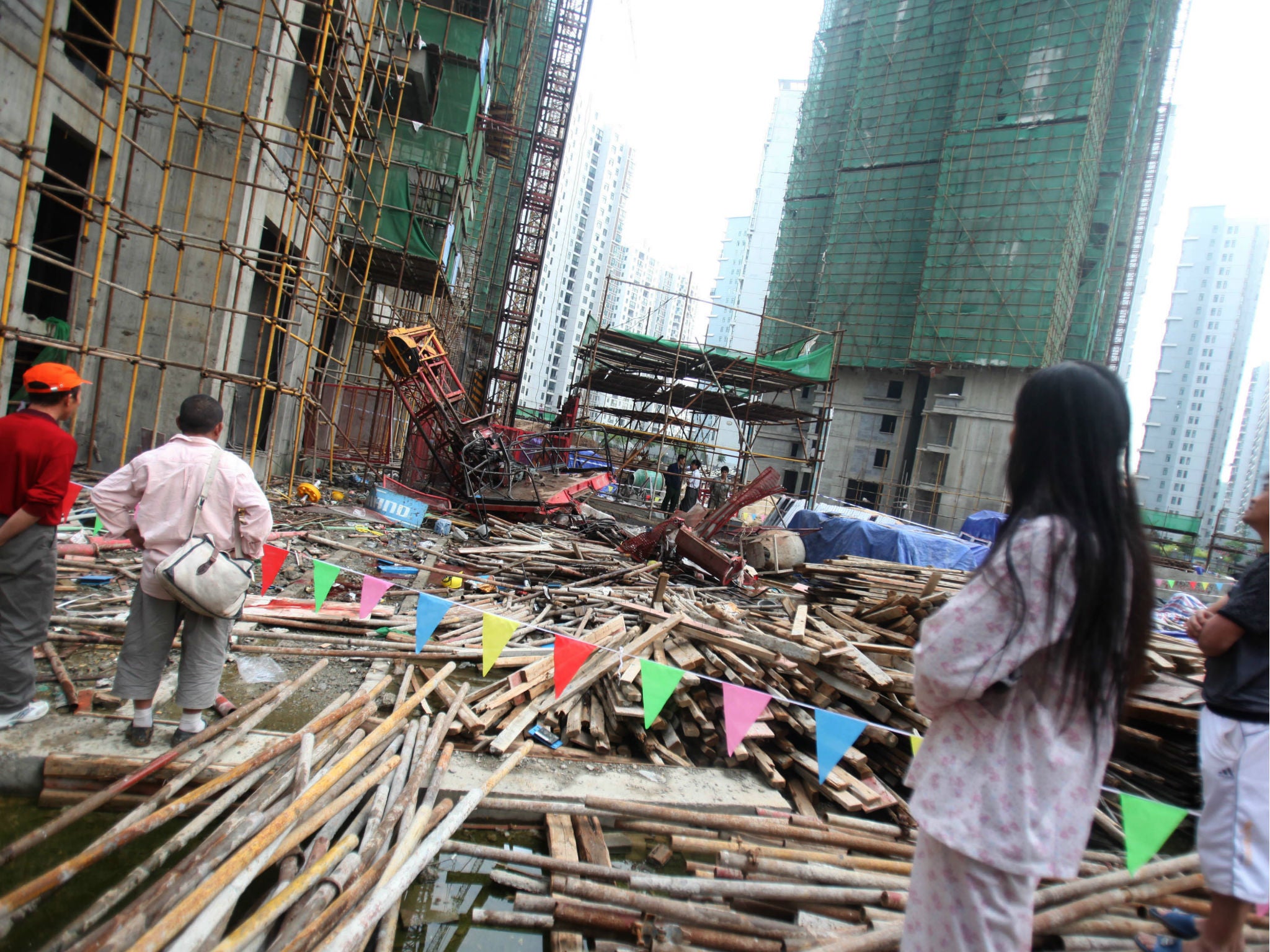
Thirty decorators died when their lift fell 100 metres to the ground in the city of Wuhan, in central China. The fall was reportedly caused by a broken cable.
Join our commenting forum
Join thought-provoking conversations, follow other Independent readers and see their replies
Comments
Bookmark popover
Removed from bookmarks